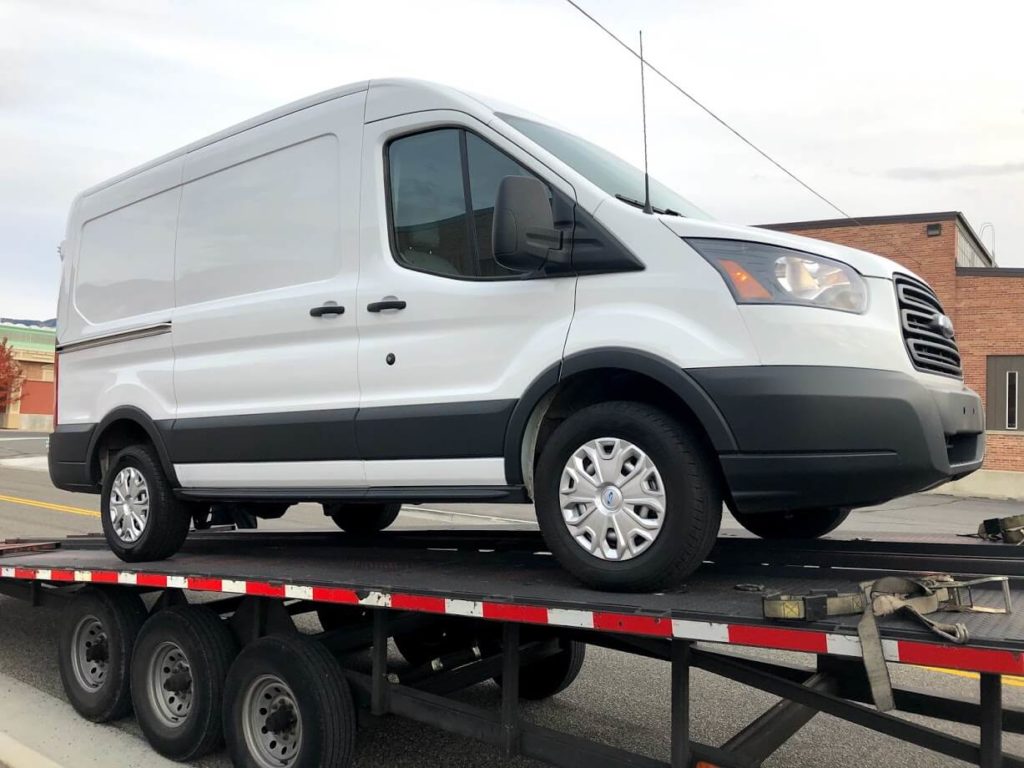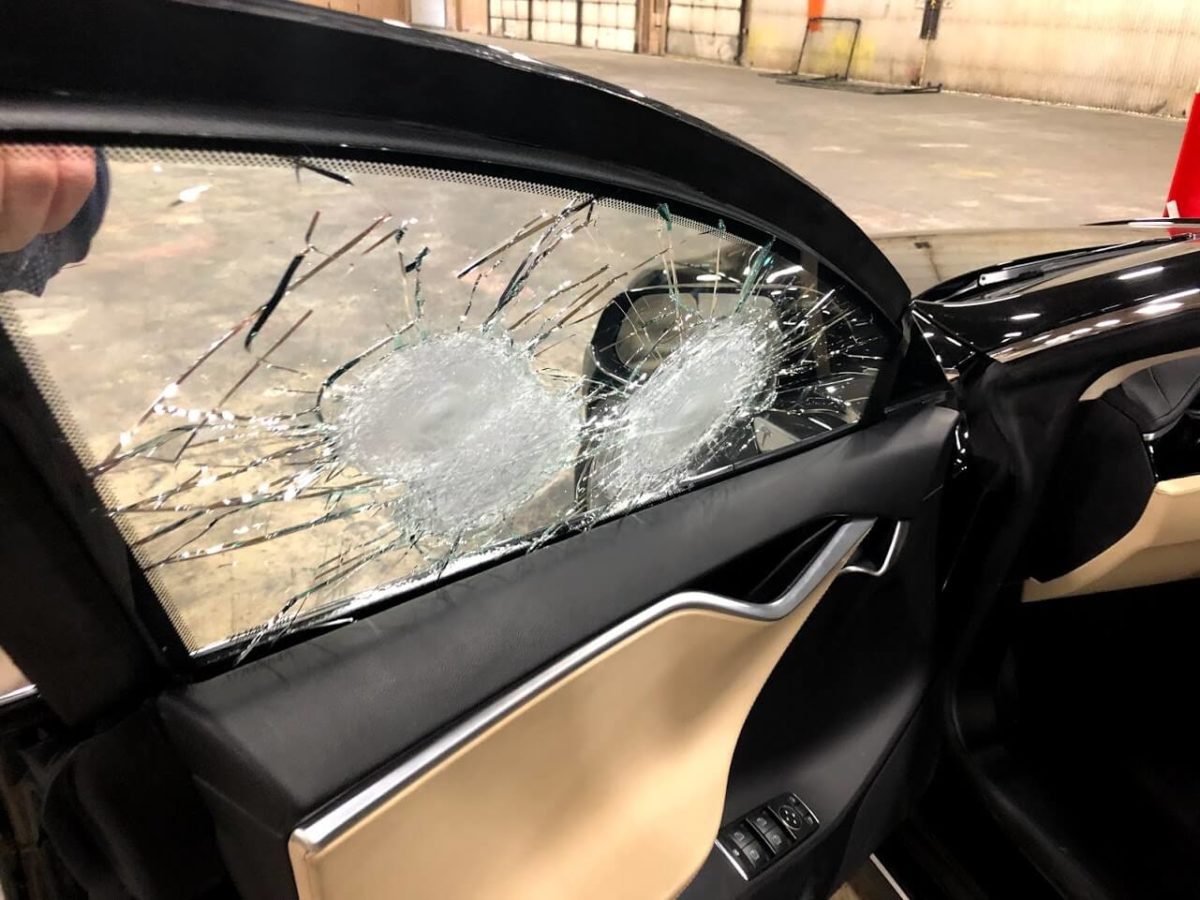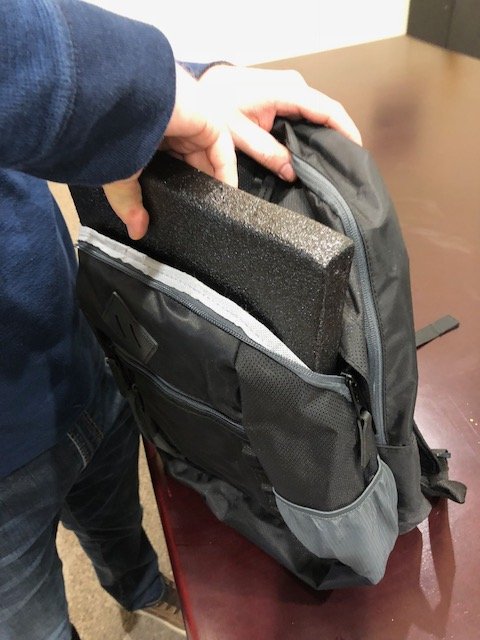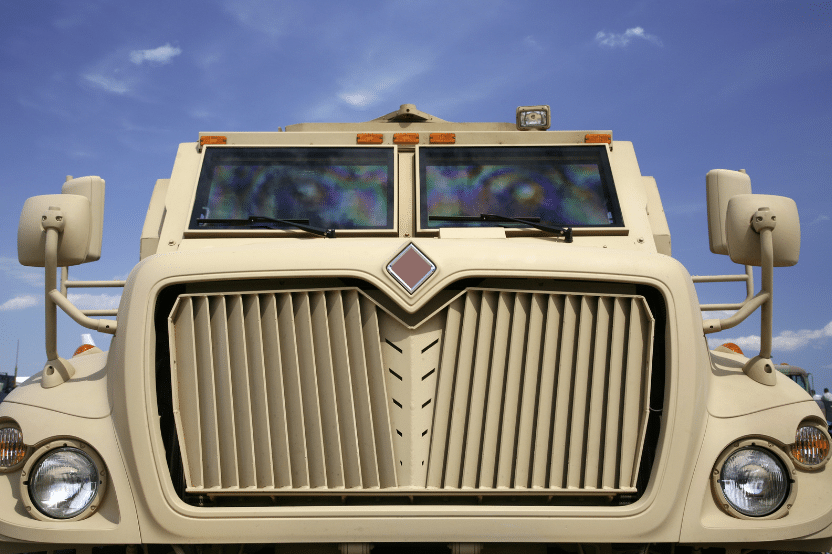Hitching a trailer to your vehicle adds a third factor to safe driving. With a trailer, your vehicle has gotten longer and heavier and requires more time to start moving or come to a halt. Add the load the trailer is carrying, be it a few boxes or an entire boat, and you’ll find driving more different than usual.
While the latest statistics are scarce, accidents involving tow trailers are real. In 2016, which is the latest statistics available, the NHTSA (National Highway Traffic Safety Administration) recorded close to 50,000 trailer hitch accidents all over the country. The agency also reported the accidents causing over 400 deaths and 20,000 injuries.
Driving with a trailer in tow need not be complicated. It only means that you have to be more careful not only with the way you drive but also the type of bulletproof car and trailer you use.
How to Tow a Trailer Safely
Here are 5 helpful ways to get started:
- Choose The Right Trailer
Safe towing starts with choosing from the various types of towing trailers. There’s a trailer for everything–single-axle, double-axle, utility, and even car trailers.
Also, you can have your trailers custom-made by specialized trailer builders, including other parts such as balls and bearings. Given enough information, they can craft a trailer that best suits your needs. Customization is important since you shouldn’t underestimate the cargo you’ll be carrying, but, at the same time, don’t overcompensate.
- Mind The Weight
Even with a soundly built trailer, you still need to account for the weight of the cargo it’ll carry. Many accidents involving trailers are results of overloaded trailers, carrying more not only what it’s designed to handle but also what the vehicle itself is designed to tow. When the cargo spills over in an accident, they can hit nearby motorists, causing a more devastating accident.
Know your vehicle’s limits, which, in this case, is its towing capacity. A vehicle’s Gross Vehicle Weight Rating (GVWR) can be found on the driver’s manual, which can determine the weight it can safely tow.
Also, consider the weight of the tongue connecting the vehicle and the trailer. An acceptable rule of thumb regarding tongue weight is that it mustn’t exceed 15% of the gross trailer weight. Too little or too much can make the trailer sink or raise its front during driving, which can be a scary sight for nearby motorists.
Bulletproof features on a car such as bulletproof windows and armor can also add to the weight. Between these features and the trailer, you may need to compensate either by reducing the cargo to be towed or opting for more heavy-duty trailer parts.
- Keep It Under 55
Speeding with a loaded trailer presents a more dangerous scenario than speeding without. Several states have specific speed limits for vehicles towing trailers, so make sure to check the laws in the states you live in and where you plan to go. If no such laws exist for the state, be responsible and keep your speed under 55 mph.

Fuel consumption increases when towing a trailer, more so using a bulletproof car. Studies show that gas mileage starts to drop at speeds over 50 mph, with each increase of 5 mph over 50 adds as much as $0.32 per gallon on gas. Keep this in mind if you want to drive on a tight budget.
On a related note, towing a trailer will require a greater stopping distance even if the trailer comes with its own brakes. As a rule of thumb, allow your vehicle around five seconds to come to a halt. This means maintaining around 325 feet of distance between your vehicle and whatever is in front, which is why maintaining a slow speed is important.
- Evenly Load the Trailer
Weight distribution plays an important role in a stable tow. It’s a generally accepted rule to place around 60% of the cargo’s weight to the front of the trailer for stability. However, returning to tongue weight, this rule is only ideal if it won’t increase the tongue weight to dangerous levels.

For example, a trailer with a gross trailer weight of 10,000 lbs. should have a tongue weight of, at most, 1,500 lbs. Even if the cargo remains within the gross trailer weight rating, it becomes a risk if its own weight adds to the tongue weight due to improper placement.
When loading a trailer to your bullet proof car, start with the heaviest items and position them ahead of the axle. Lighter cargo can then be loaded behind them for stability, comprising 40% of the total cargo weight. A properly loaded trailer will mitigate swaying while driving, especially at freeway speeds where crosswinds from passing trucks are a risk factor.
In the event of swaying, refrain from counter steering as it’ll only worsen the problem. Keep a straight steer and gradually slow down; pull to the side and check on both your vehicle and trailer if you need to.
- Better Safe Than Sorry
There’s no room for complacency in driving, more so in driving with a trailer. One unsecured hitch can grow into a potential furball on the road. Whether the destination is within the state or on the other end of the country, one thing motorists can agree on is to never leave driving to chance.
Even when you think you have completed the safety checklist before leaving, a stopover every 50 to 100 miles never hurt anyone. Use the time to check on the trailer, its attachments, and the cargo. Do the same for your vehicle–check tire pressure, fuel, lights, repair tools, etc. Some adjustments may be necessary, such as trailer brakes and any possible changes ahead, like sloped roads.
In fact, plan your entire trip beforehand–from searching for the best route to checking the weather in the coming days. Use your best judgment to decide whether to drive in heavy rain or across icy roads. For long road trips, it’s preferable to have someone accompany you as a backup driver who can also keep you awake with idle chat.
To Wrap Up
When built and used properly, trailers can make just about anything possible. For example, it can help businesses move loads of goods or even bring the family boat for a trip to the lake.
Custom-made trailers and accessories, like everything else, have benefited from technology, making them more durable and reliable. Despite these advancements, safety should still be kept in mind when using trailers to haul cargo. The safety of not only your goods but of fellow motorists depends on how well you drive while towing.








